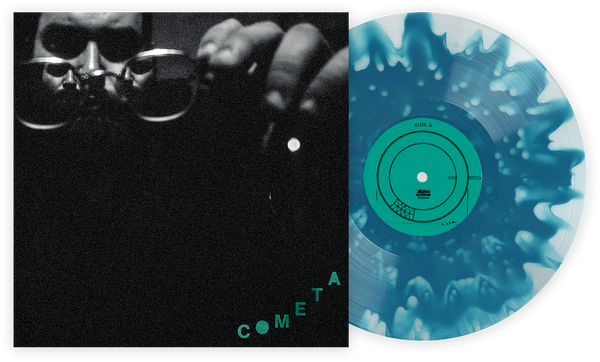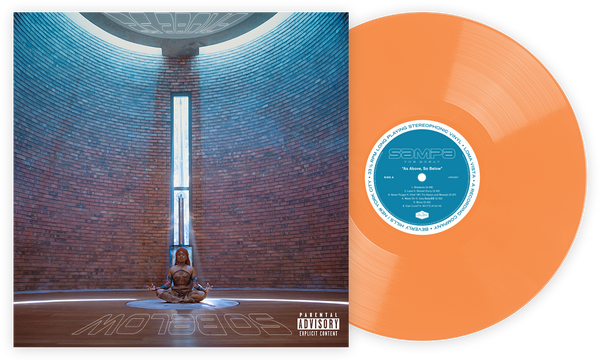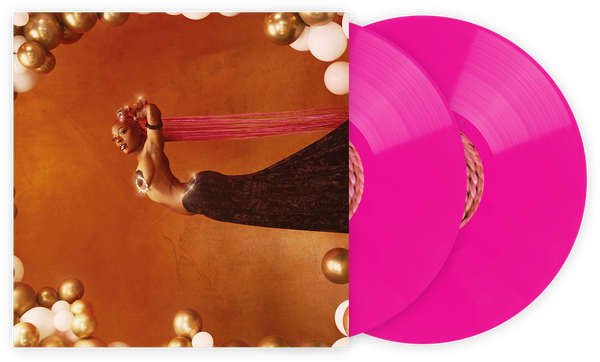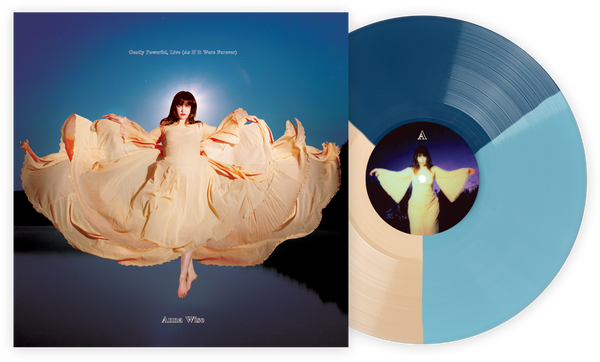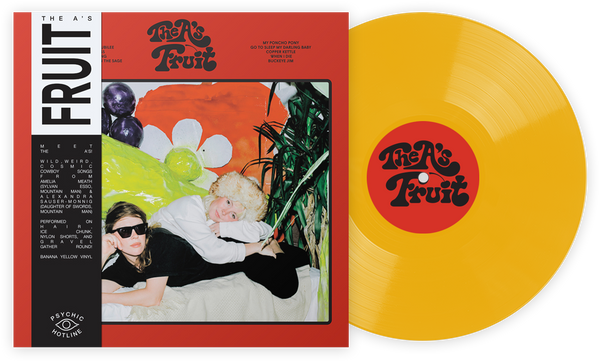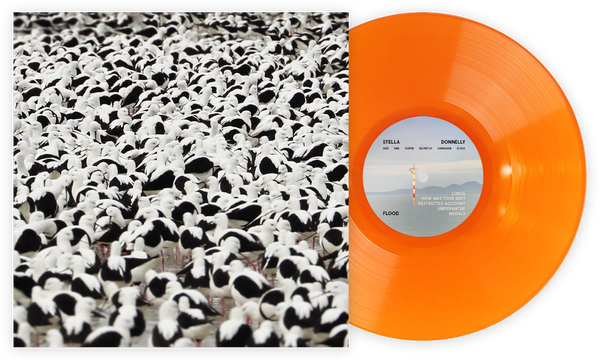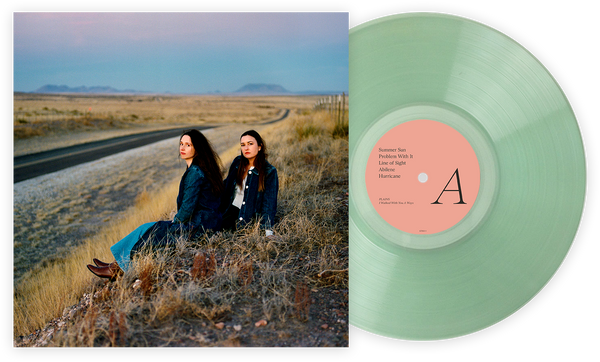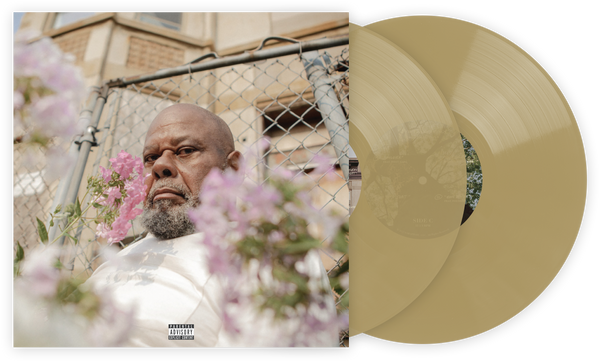How girl in red Gained A Queer Gen-Z Fandom Via TikTok
If you build soft, dreamy playlists out of bedroom pop songs with aching lyrics, you’ve probably heard of girl in red. girl in red (Marie Ulven) is best known for her 2018 “I wanna be your girlfriend.” In it, she breathily sings over guitar, “I don’t wanna be your friend I wanna be your bitch / And I wanna touch you but not like this.” There’s nothing subtle about her wanting, and she’s quickly becoming a leader in lo-fi.
If there was ever a way for a bunch of gay American teens to fall in love with the Norwegien 20-year-old, it was, of course, going to be via Soundcloud (on which she has 42,000 followers) and social media — but what makes things interesting is that TikTok, a hugely popular and yet not quite mainstream platform, is what took her to the next level.
girl in red has been on a roll: She’s touring from San Diego to Luxembourg this fall, she’s released a gorgeous red (naturally) LP, BEGINNINGS, this September, and she works solo, independently writing, recording, and producing her own music. That isn’t for a lack of offers, either. Instead, she’s committed to her work and her artistry, and continuing to develop as an artist with her audience, rather than the needs of a label, in mind. To that end, her songs run deep with said audience. Her tracks, ranging from “I wanna be your girlfriend” and “girls,” to “summer depression,” have become the background to videos of young WLW and nonbinary couples; the sound is paired with aesthetic, overly edited videos that call back 2013 Tumblr. They let girl in red speak for them — most users of the app don't create their own sound, using music/other user-created sound instead — exploring their gender and sexual identity via her music and gaining a digital community as a result.
Though it’s not as well-known as platforms like Instagram or Facebook, TikTok is very much on the rise. The app — which allows users to film a video of themselves (or really anything), apply filters (some of which are similar to what you’d find on Snapchat or Instagram Stories), and then either apply a sound that already exists (like a song, something that another user created, or a recorded sound of their own) — is especially popular among teenagers and young adults, as 41 percent of TikTok users are between 16 and 24 years old. Within that age range, the app has an estimated reach of 60 percent. Basically, it’s a pretty big deal, and the fact that it’s so heavily based in audio has made it major for artists — Lil Nas X, for example, gained much of his following via the success of “Old Town Road” on TikTok — so it’s notable that girl in red is seeing such a following on the app, too.
“I discovered girl in red from TikTok,” explains Lily Price, otherwise known as @goatking8, an 18-year-old from New Jersey. “I used one of her songs in an older one of my TikToks that ended up doing really well. It was, ‘POV: you’re my best friend and [I] accidentally confess my feelings for you,’ which was one of my first videos where I was open about liking girls as well as boys, so it definitely meant a lot to me.”
As is the case on Spotify, on TikTok, “I wanna be your girlfriend” is the most popular song from the artist, with 25,300 videos using the song. “i’ll die anyway” comes close at 11,900, “Girls,” comes in at 13,400, and “we fell in love in october” is at 2,028 videos. This doesn’t count the other versions and additional, duplicate uploads of the songs, which range from a few hundred to 2,000.
The most popular video is interesting for a few reasons. First, because of its reach: the video has been liked over 235,000 times, and has a notable 11,000 shares. It also appears to be an exchange between a guy and a girl, which is notable since girl in red is very, very gay. The OP sends the lyrics to “I Wanna Be Your Girlfriend” to their crush via text, inspiring many other users to do the same — many videos that use the sound use it in the same way, relying on texts or Snaps to communicate the lyrics. One user, Riley, a 15-year-old from Colorado who goes by @rileyisdumbon TikTok, called out straight couples for using the lyrics, writing in their video, “who’s gonna tell the fboys on this app that this song is about lesbians.” The use of songs that are very obviously gay really isn’t shocking, considering the continual lack of respect for and appropriation of WLW spaces. Mainstream music still throws lesbians in as some sort of fun quirk for heterosexual couples, especially songs by men that, as recently as this summer, brag about how much they “like girls who like girls” — another sound that, ironically, [has been dominated by young queer women](http://vm.tiktok.com/yc9YYu/, as they use the song to showcase their actual, real love for girls who like girls.
Despite its appropriation, girl in red’s sound remains huge among gay TikTok users. Lesbian couples mouth the lyrics to each other; single lesbians use the lyrics to point at text overlain on the screen that highlights their ideal characteristics in a girlfriend; queer women flirtily sing, “They're so pretty it hurts / I'm not talking 'bout boys / I'm talking 'bout girls / They're so pretty with their button-up shirts,” lyrics from “Girls.”
Price told me, “Her music really resonates with me because for the longest time I repressed the side of me that’s attracted to girls. Before I got on TikTok and saw all these beautiful girls talking about liking girls and being in love with their friends, I wasn’t open about my sexuality at all. Her music and those TikToks for sure helped me embrace my sexuality and be comfortable and open about it online.”
“Her music resonates with me because I like girls, and I love listening to her sing about things I can relate to, like liking girls, of course,” Max Warren, a 14-year-old from Nebraska, told me over Instagram. “It made me feel more normal while coming to terms with who I am. She feels the way I do, and so many other people loved her music in the ways I did.”
Riley feels a similar sense of connection with girl in red. “Her music resonates with me because I’m bisexual, and there isn’t really a lot of wlw music [representation]. It really ‘normalizes’ those feelings I have about girls. It’s just a healthy reminder that girls who like girls exist.”
Despite being a new artist — girl in red has been singing and writing songs for years, but grew in popularity in 2018 — the artist holds her own alongside newer queer artists like Clairo, who is equally popular with the demographic, Fletcher and Somme, and more seasoned artists like Hayley Kiyoko, Janelle Monaé, and The Japanese House. Whether she’s singing about mental health or love or heartbreak or a mix of all three, she’s embraced her queer lens and, with it, provided young queer women with the literal words they need to express themselves and find community online.
Rachel Charlene Lewis is a writer and editor. Her work has been published in Bitch, Allure, Refinery29, Glamour, Teen Vogue, and elsewhere. She is on Twitter and Instagram as @RachelCharleneL, always.
Join the Club!
Join Now, Starting at $44Exclusive 15% Off for Teachers, Students, Military members, Healthcare professionals & First Responders - Get Verified!
